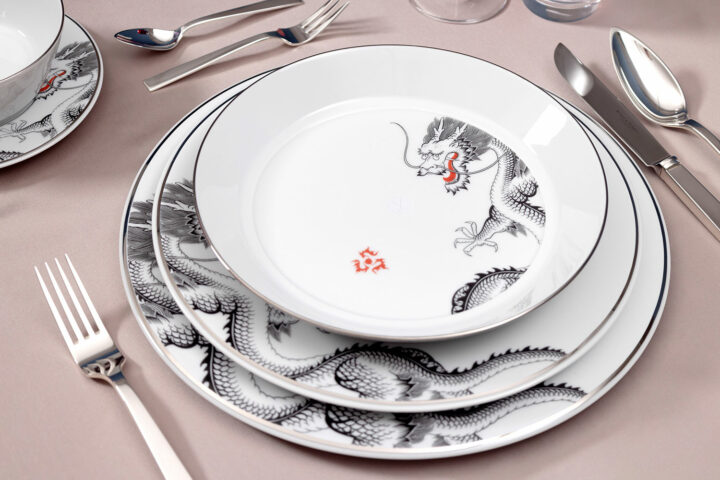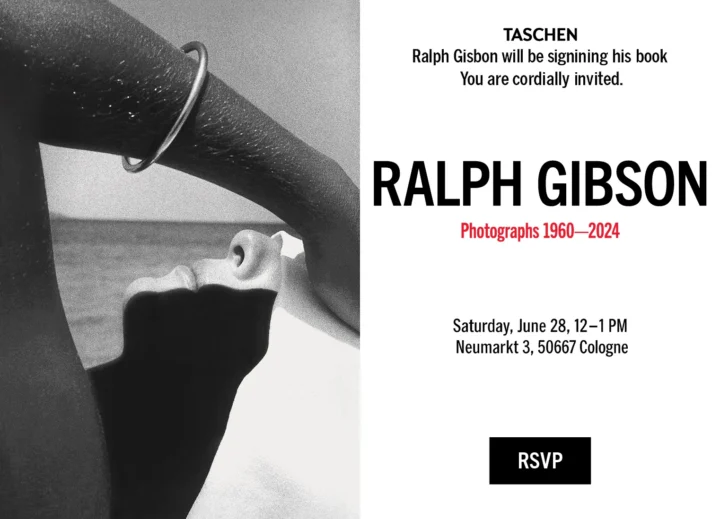Porcelain is more than just tableware. It is a form of art that has fascinated people for centuries. Porcelain is a material made of kaolin, feldspar and quartz, which is fired at high temperatures. This creates a white, shiny and translucent surface that is suitable for a variety of decorations.
One of the most famous porcelain manufactories in the world was Bing & Grondahl, founded in Copenhagen in 1853. The founders were the merchant Frederik Vilhelm Grondahl and the brothers Meyer Hermann Bing and Jacob Herman Bing. They aimed to produce high quality porcelain that stood out from the prevailing rococo style of the time.
Bing & Grondahl soon became famous for its naturalistic animal figurines, The manufactory had a special talent for capturing the movements and expressions of animals. The animal figurines were so popular that they were even delivered to the Danish royal court. Another trademark of Bing & Grondahl was the so-called “Copenhagen Blue”, an intense cobalt tone that was often used as a background for white reliefs.
Bing & Grondahl was also innovative in producing porcelain plaques that served as souvenirs or gifts. The plaques featured various motifs, such as landscapes, portraits, or historical events. The first plaque was issued in 1895 on the occasion of the 60th birthday of King Christian IX. Since then, Bing & Grondahl has designed a new plaque every year, which often had a reference to current occasions.
A particular highlight in the history of Bing & Grondahl was the creation of the “Century Service” in 1900. This service consisted of 220 pieces and was a gift to Danish King Christian IX and his wife Louise for their 50th anniversary on the throne. The service was a masterpiece of porcelain art and depicted scenes from Danish history and culture on a blue background.
Today, Bing & Grondahl is part of the Royal Copenhagen Group, which was formed in 1987 from the merger of Bing & Grondahl and the older Royal Porcelain Manufactory. However, the traditions and craftsmanship of Bing & Grondahl are carried on and maintained. The porcelain manufactory offers guided tours where one can get an insight into the production and history of Bing & Grondahl. One can also visit the museum, which exhibits an extensive collection of Bing & Grondahl porcelain.
Bing & Grondahl was more than just a porcelain manufactory. It was a symbol of Danish art and culture. Bing & Grondahl is proof that porcelain is more than just tableware. It is a form of art that combines beauty and history.


